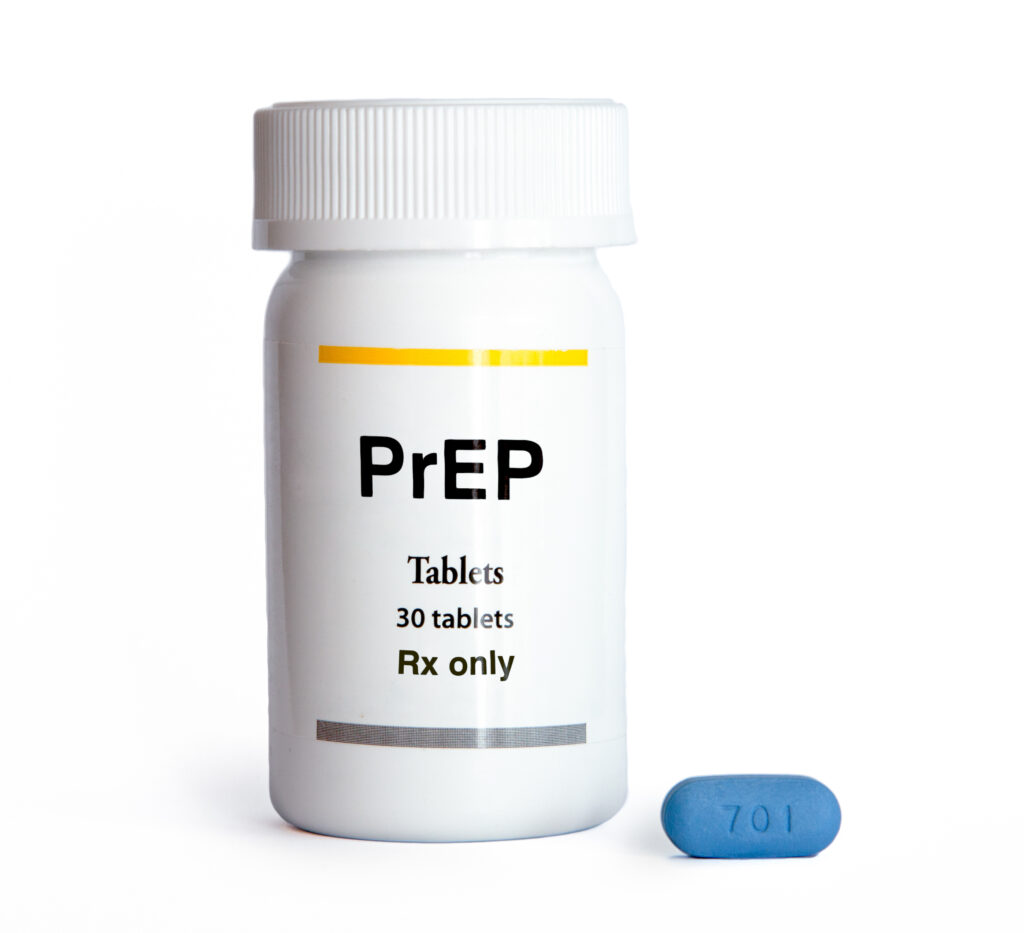In the ongoing fight against HIV and AIDS, the use of pre-exposure prophylaxis (PrEP) antiretroviral medications and a test-and-treat approach are both cost-effective ways to lower infection rates among high-risk men, according to a study by Drabo, Hay, Vardavas, Sood, and colleagues. The research compared PrEP with a “test-and-treat” approach, which entails frequent HIV testing and immediate antiretroviral therapy for those who test positive. Both methods yield substantial reductions in HIV incidence as long as patients consistently adhere to medication guidelines. The authors used a mathematical epidemiological model to simulate HIV incidence among Los Angeles County men, aged 15–65, who have sex with men. The model, which compared the cost-effectiveness of various strategies to the status quo, accounted for secondary infections, changes in drug resistance that might occur from misuse or nonadherence, and incomplete adherence. The results show that, relative to the status quo, PrEP and test-and-treat are both highly cost-effective.
The full study is available at Clinical Infectious Diseases. A press release is available here.
Citation: Drabo, E. F., Hay, J. W., Vardavas, R., Wagner, Z. R., & Sood, N. (2016). A Cost-Effectiveness Analysis of Pre-Exposure Prophylaxis for the Prevention of HIV Among Los Angeles County Men Who Have Sex with Men. Clinical Infectious Diseases.
